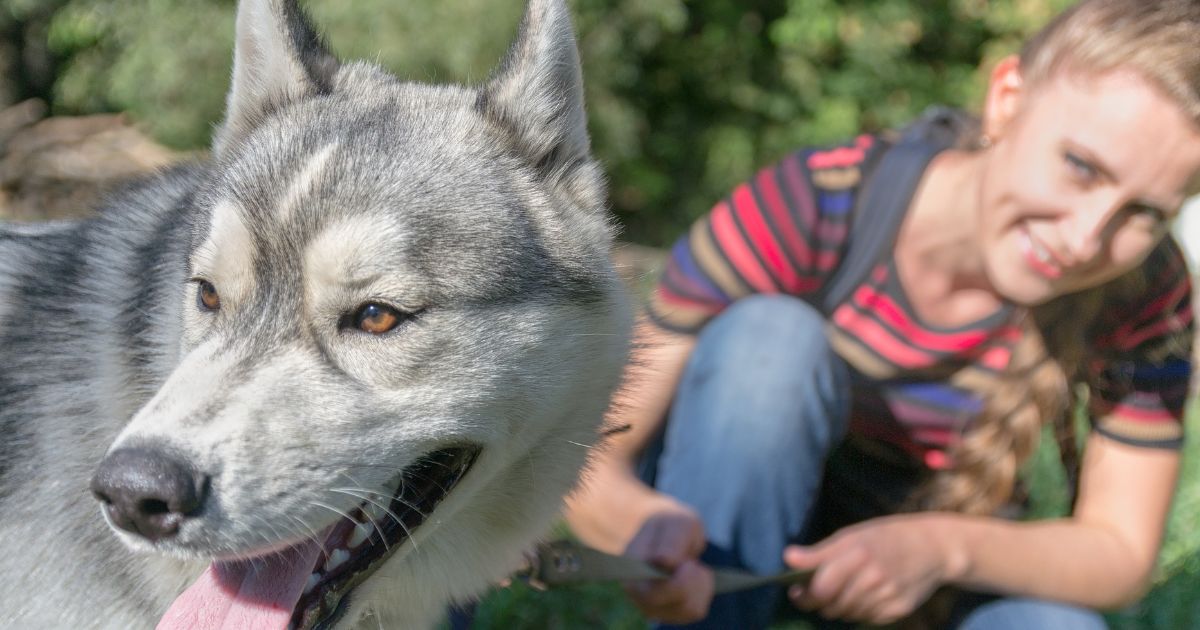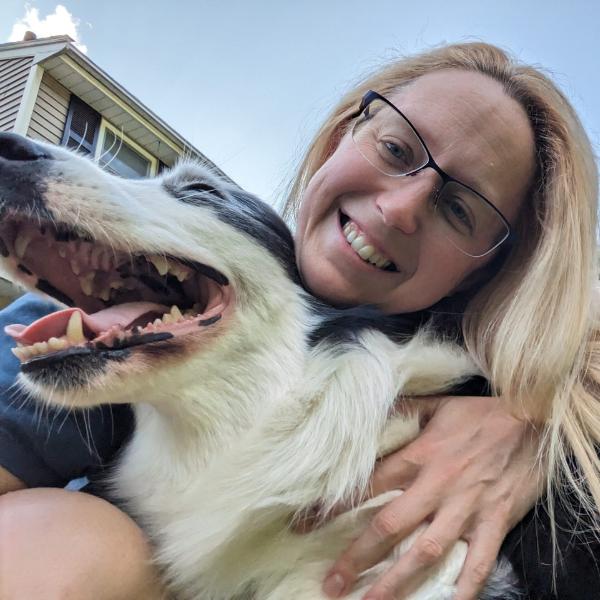
Training troubles
We all have “off” days when a training session isn’t going as well as we had hoped. Perhaps the dog is distracted, unfocused, or simply wanders off. Maybe the dog just stands there staring or barking at you instead of offering behavior.
If your dog has been making progress in a training session and you start noticing a displacement behavior, such as yawning, lip-licking, scratching, or sniffing the ground, he is probably stressed in some way. Aside from some of the non-training reasons why a dog might be stressed (temperature, injury/illness, fatigue, etc.), there are several other reasons why training sessions tend to go off the rails. The good news is that there is help to get you back on track.
Training-session malfunctions tend to fall into one of four categories:
- Environmental
- Trainer-related (sloppiness, frustration)
- Criteria
- Reinforcement
Through many years of observing and teaching Learning Labs at ClickerExpo, I’ve seen examples of all of these issues. For this article, I’ll focus just on the final category: reinforcement.
If a training session has a reinforcement-related problem, it could be the value of the reinforcement or the rate of reinforcement. Let’s look at each of those problems and some potential solutions for each.
Problem: Reinforcement value is too low
If at any given time a reinforcer isn’t valuable to your animal, and he’s not willing to work to obtain it, by definition, it isn’t actually functioning as a reinforcer. If you are not seeing an increase in your desired behavior, then your “reinforcer” can’t really be called a reinforcer. It’s just “food.” Or a toy. Or whatever you are using. When you find that happening, it’s time to switch it up with something the animal does find reinforcing in that moment.
If you are not seeing an increase in your desired behavior, then your “reinforcer” can’t really be called a reinforcer. It’s just “food.”
Dogs, like humans, change their minds often. I’ll use myself as an example. Which destination is more desirable for me—the discount designer-shoe warehouse or the fancy ice cream shop? Well, that depends. Both of those options have the potential to be high-value reinforcers for me. But, if it’s 25 degrees outside, I am not likely to find a trip to the ice cream shop very reinforcing on that day. Or, if my feet are tired from walking all day, I might not find a trip to try on shoes very reinforcing on that day.
From a dog’s standpoint, a bite of steak, which might normally be incredibly reinforcing, might not hold much reinforcement value if he has to choose between staying still for that bite of steak and the opportunity to go say hi to his most favorite doggie playmate on earth. If the dog does not respond to his “sit” cue, even though he knows he’ll get steak if he does, but instead rushes over to greet his playmate, then the reinforcement value of greeting his pal is outweighing the opportunity to eat a bite of steak. Steak is no longer a reinforcer for that dog in that particular context. It doesn’t mean you can never use steak again. It doesn’t mean that once his pal is out of the picture, the dog won’t be very happy to go back to working for steak.
Similarly, a tug toy is typically a great way to reinforce my border collie’s good behavior, but that tug toy loses its effectiveness at the veterinary clinic or when a strange dog approaches him. He is not interested in playing tug during those times, so I know I need to look for alternative reinforcers, which might include high-value food treats or distance from the approaching strange dog.
Always evaluate what you are using as a reinforcer in the moment.
When you’re in a training session, always evaluate what you are using as a reinforcer in the moment rather than whether it usually works for you. Ask yourself: Is it working for me right now? If your dog is not gobbling that treat enthusiastically or tugging hard on that toy, then it’s probably time to trade for something different.
Solutions to increase reinforcement value
- Always have a buffet available! Using a variety of treats keeps dogs interested in what’s coming next. Keep a rotation of four or five different treats on hand, especially if you have a finicky dog.
- Go for stinky food! The smell of a treat can add to its reinforcement value. A few ideas: organ meat, tripe, cooked liver, liverwurst, hot dogs, cooked chicken, leftover steak. If you warm meat up a little bit, it smells even better.
- Use toys if your dog is toy-motivated (tugs, squeaky toys, balls). Sometimes, food just doesn’t cut it, and your dog would rather play. Use that to your advantage.
Problem: Rate of reinforcement is too low
The other place where I see reinforcement go wrong is in the rate of reinforcement. It may be that the value of the reinforcer is just fine (and the dog very much enjoys what his trainer is serving), but the trainer is only doling out 1 treat every 60 seconds. While that treat may be delicious, the dog’s frustration at such a low rate of reinforcement might overshadow the opportunity to earn his paltry paycheck—and cause him to tune out of that training session. If there isn’t a noticeable rhythm of behavior/click/treat, behavior/click/treat most of the time, there is probably something wrong with the rate of reinforcement.
A low rate of reinforcement has many potential causes. The trainer could be asking for too much. She could be lumping behaviors together (go to your mat, lie down and stay there for at least one second) instead of splitting them into smaller approximations (two paws on the mat, four paws on the mat, lie down on the mat, etc.). The dog might just be distracted and unable to focus right now.
Whatever the reason, pay attention to how often the dog is getting paid. If he isn’t earning a steady paycheck and the session isn’t proceeding at a nice pace, something needs to change.
Solutions to increase rate of reinforcement
- Strive for roughly 10-15 clicks/treats per minute as a rough guideline but not a rule. The reinforcement rate depends on the complexity and difficulty of the behavior, the reinforcer used, the context, and more.
- Break down the behavior into small enough parts. Don’t lump multiple criteria.
- Watch carefully so you don’t miss clickable moments. For example, when you are working with props, make sure you grab that first glance, sniff, or paw at a prop.
- If needed, change your position so you can see better.
- Go back a step. Maybe you’re expecting too much at this step, and your dog doesn’t quite get the picture.
When your training goes awry, reinforcement issues may be the culprit. “Just-right” reinforcement value and reinforcement rate are required to conduct a positive and successful training session with your dog. Experiment with different combinations to find what’s right for the two of you today!
Note: This article was originally published on 03/03/2017 and last reviewed on 02/24/25. We regularly review our content to ensure that the principles and techniques remain valuable and relevant. However, best practices continue to evolve. If you notice anything that may need updating, please feel free to contact us at editor@clickertraining.com.

